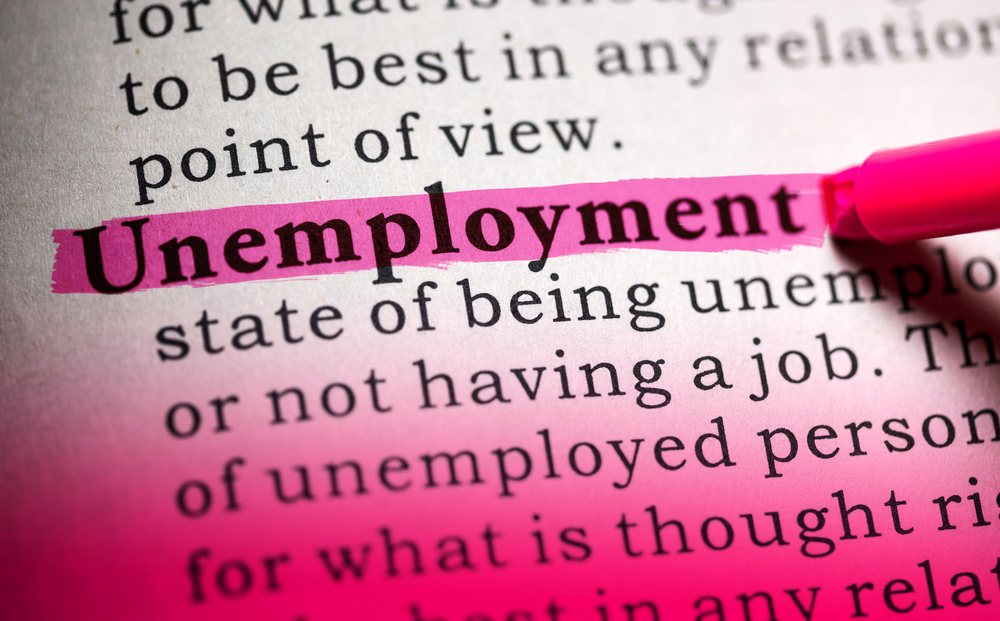By Ashley Finill

Yesterday saw another poor performance from Sterling against the majors, due to worse than expected jobs data in the UK. On Tuesday morning the ONS reported that employment dropped by 32k in October and recorded the biggest retraction since November 2020. Unemployment rose to 5% in September from the previous month’s reading of 4.8%, this is the highest increase since the pandemic and above market expectations. Sky news reported on the news of higher unemployment and suggested this could be due to Rachel Reeves’s budget last year when she raised taxes on businesses, which has resulted in a halt in hiring for some. When the unemployment rate was reported, the Pound reacted and dropped by around half a cent against the Euro.
The effects are still being felt this morning – at the time of writing, Sterling continues to be on the backfoot against the single currency with the downward trend continuing. With unemployment up, focus will turn to the Bank of England and various news reports are now suggesting that BoE Governor Andrew Bailey may have to intervene by cutting interest rates faster than anticipated. Last week, the BoE Monetary Policy Committee voted to keep the rate at 4% but it was a close call as members voted 5 to 4 in favour of holding. The vote was much closer than anticipated, which could be an indicator that they may opt to cut rates at the next meeting on December 18th – some market analysts are now reporting the likelihood being as high as 80%.
Storm Ahead for Starmer?
Last night, Bloomberg and Sky reported on the rumours surrounding Kier Starmer’s future as Prime Minister ahead of the budget on the 26th of this month. Whispers have started that the PM could face challenges from his own party for leadership of the Labour party, as a backlash is expected from what is to come from the budget. Labour’s manifesto back in 2024 stated there would be no tax hikes for working people, however a U-turn on this is expected from the Chancellor, Rachel Reeves, which could send the party into turmoil. Kier Starmer has already vowed to fight any challenge to his leadership, but could he jump before he is pushed? Labour is already under pressure from rival party Reform UK, who are leading the polls, with Labour hitting unwantedly record low approval ratings. What does this mean for Sterling? Historically, political uncertainty sends investors of the Pound into panic and see’s support for Sterling diminish, sending it down against the majors.
Should you have a currency requirement within the next few weeks, it may be prudent to stay in contact with your currency consultant to discuss your options and mitigate your risk against the currency markets over what is likely to be an uncertain period.
US Government Shutdown Coming to Close
Today, it is expected that the US government could reopen after being shut down since October 1st. Senators voted last night to pass a funding bill that would bring an end to the 41-day shutdown, which is the longest ever. It has left government services temporarily suspended and about 1.4 million federal employees on unpaid leave or working without pay. The shutdown has caused chaos at US airports with more than 7,000 flights delayed and 2,000 cancelled because of staffing shortages. The House must now agree on the deal before it can be sent to President Donald Trump to sign, which is expected to be by the end of this week. Market analysts are expecting the US Dollar to weaken, as it will support the case for the FED to cut rates and in turn is likely to weaken the Greenback.
Remaining Data for the Week Ahead
There are still a number of data releases to take note of which are likely to affect the currency markets. Today, there are no data releases, but there are a number of speeches throughout the day, from ECB and FED members. Thursday is however a busy day for data – starting in the UK at 7am as GDP is to be announced, this could shake up the market early doors – a poor reading could give more reason for the BoE to act on cutting interest rates, so we can expect some volatility should the figure not be as expected. At 9am, the EU post their economic bulletin and at 10am the EU also post industrial production numbers. Into the afternoon and the US post CPI and initial jobless claims. Friday is a very quiet day on the data front as nothing to note.


